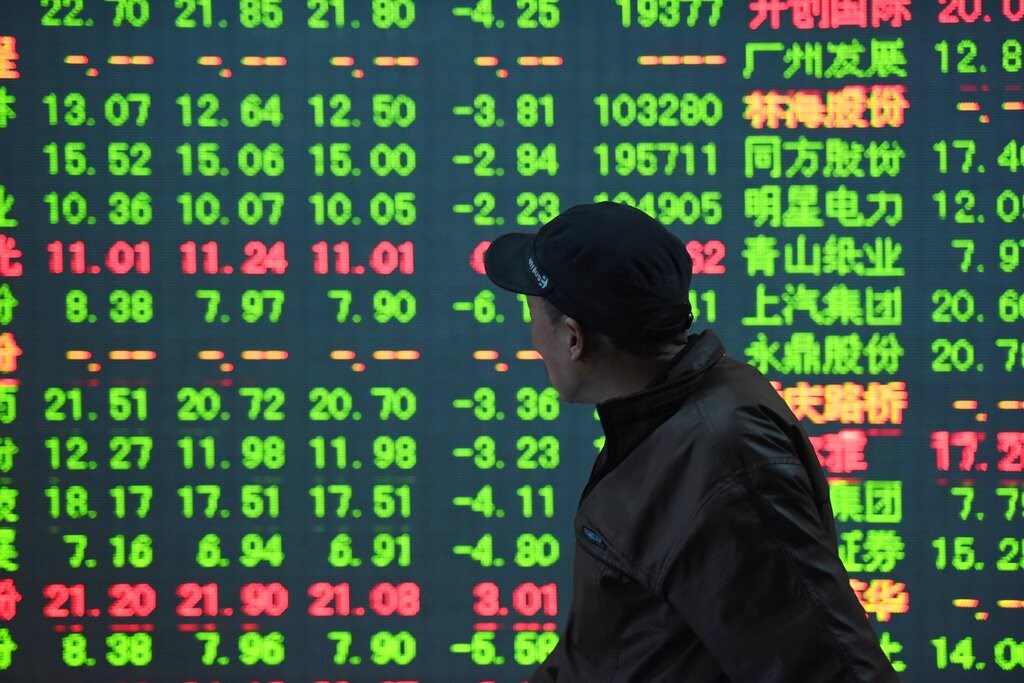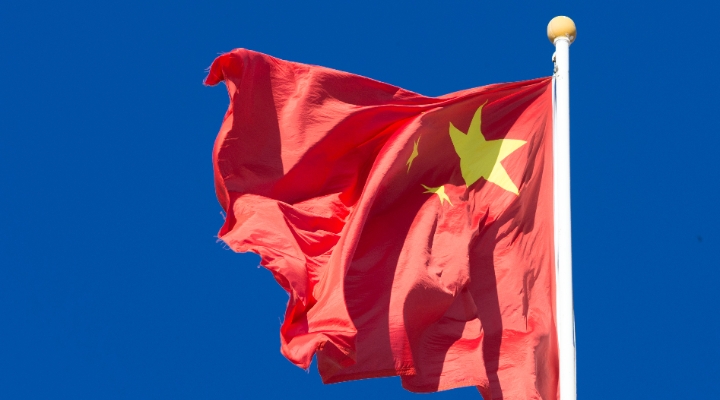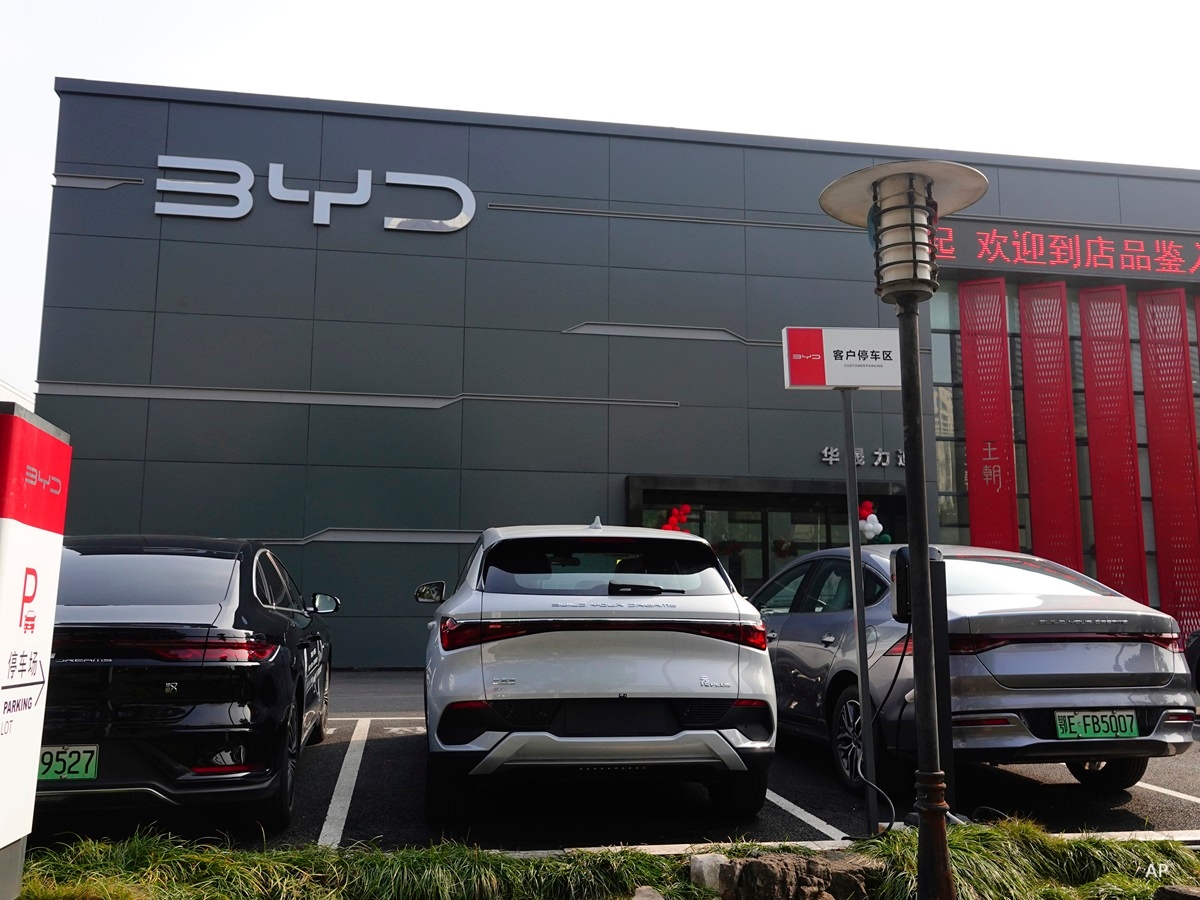
China and onshore A-share equity funds, available for Hong Kong and Singapore investors, absorb US$ 11.3 billion during the volatile first quarter of the year.
In terms of performance, on average, China equity funds fell 0.96% and China onshore A-shares equity lost 4.35%. Despite a fluctuating start of the year, respective net inflows were US$ 5.8 billion and US$5.5 billion. The technology sector gained traction among fund investors, totaling a spectacular US$ 9.9 billion net inflow, with profit-taking happening across the board.
Meanwhile on the fixed income side, global growth prospects turned positive on the vaccine rollouts, resulting in a startling run-up in treasury yields. The sudden change of expectations was not favorable for bonds, especially for the fixed-coupon securities exposed to long-duration risks, as more volatility ensued from the anticipated rate changes.
Over the same period, four out of the five categories suffering the most outflows came from fixed income funds. Outflows were not isolated to a single market. On an absolute term, Global Corporate Bonds lost the most assets, bleeding US$ 6.8 billion in three months, more than reversing the category’s total net inflow over the past 12 months. It is followed by Global Emerging Markets Bonds and Global High Yield Bonds, with each category losing an equivalent of 21% of total assets.
Exhibit 1: Category flow of the first quarter of 2021
- source: Morningstar Direct. The above categories include funds for sale in Hong Kong and Singapore.
In terms of product, Blackrock’s BGF China Bond fund enjoyed most net inflows (US$ 3.1 billion) during the quarter. The flows were driven by the announcement by FTSE that China government bonds will be included in its widely-tracked World Government Bond Index (WGBI) series. Meanwhile, similar to the category flow, four of the five funds with the most outflows invest in bonds, except Pictet’s thematic Robotics fund.
Exhibit 2: Top and bottom funds by flow in the first quarter
- source: Morningstar Direct. The above categories include funds for sale in Hong Kong and Singapore.
ESG Gains Traction
Sustainable funds saw a major takeoff across Asia ex Japan* in the first quarter of this year, with an estimated inflow of US$ 8 billion.
Excluding China, the rest of Asia registered asset growth of 28% from the fourth quarter of 2020. At the end of March, more than US$ 35 billion is managed under sustainable funds.
Promising carbon neutrality by 2050, South Korea led the region with both fund launches and capital inflows. A total of nine new ESG fund were launched, four of which were ETFs with a focus on climate change, namely Carbon Efficient Green New Deal Tracking KRX and Carbon-Efficient Green New Deal Index. Total inflow into funds totaled US$ 1.8 billion. Malaysia is another country that was active in new launches, with five funds rolled out domestically. Most of the subscription came from Public Mutual.
Looking at Exhibit 1, the flow momentum in Hong Kong and Singapore was also positive. Investors have poured capital into cross-border funds that fall into two equity thematic categories: Ecology and Alternative Energy. The former is a group of funds investing broadly in companies that promote a cleaner environment, with examples like water treatment, pollution control and energy efficiently, while the latter narrows to funds with a focus in renewables.
* Remarks: The aggregate of Asia flow composes of China, Hong Kong, India, Indonesia, Malaysia, Singapore, South Korea, Taiwan and Thailand. As China data is not available, we have used last quarter’s (fourth-quarter 2020) data as a proxy for this quarter’s estimation.
©2021 Morningstar. All rights reserved. The information, data, analyses and opinions presented herein do not constitute investment advice; are provided as of the date written, solely for informational purposes; and subject to change at any time without notice. This content is not an offer to buy or sell any particular security and is not warranted to be correct, complete or accurate. Past performance is not a guarantee of future results. The Morningstar name and logo are registered marks of Morningstar, Inc. This article includes proprietary materials of Morningstar; reproduction, transcription or other use, by any means, in whole or in part, without prior, written consent of Morningstar is prohibited. This article is intended for general circulation, and does not take into account the specific investment objectives, financial situation or particular needs of any particular person. Investors should consult a financial adviser regarding the suitability of any investment product, taking into account their specific investment objectives, financial situation or particular needs, before making any investment decisions. Morningstar Investment Management Asia Limited is licensed and regulated by the Hong Kong Securities and Futures Commission to provide investment research and investment advisory services to professional investors only. Morningstar Investment Adviser Singapore Pte. Limited is licensed by the Monetary Authority of Singapore to provide financial advisory services in Singapore. Either Morningstar Investment Management Asia Limited or Morningstar Investment Adviser Singapore Pte. Limited will be the entity responsible for the creation and distribution of the research services described in this article.












.png)



.jpg)





